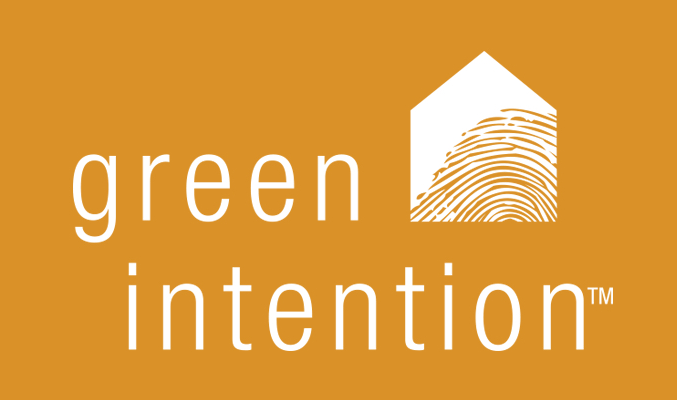The first ten tips I have offered so far have been relatively easy and inexpensive to implement. This final tip before the last “learn more” tip tackles the bigger things that are not easy and not inexpensive—but in my experience can be totally worth it in the long run. Many of these larger investments also come with either tax credits and/or utility rebates that help defray the upfront cost. These larger investments should be considered when thinking about any building or major remodeling. These are also the items people ask me about, because they know we have a LEED Certified home, which means I did the cost/benefit analysis on all of these things.
It should be noted that everyone should do their own cost/benefit analysis, because the actual up front investment will vary over time, across regions, and even (of course) across contractors. Utility prices vary widely as well, affecting the payback analysis. So, how do you do a payback analysis?
Cost / Benefit Analysis 101:
The first and most important thing is to measure only incremental costs and benefits. And note that I am only referring to financial costs and benefits–those that are quantifiable. But you have to know what you are comparing it to, otherwise you can’t figure out anything. So, if you are building a new home, and you have to purchase a full HVAC system, you only want to look at how much more it would be to add on that larger investment. That’s the initial cost. Any additional costs, like maintenance or replacement parts, need to be included as well–but again, only incremental to your comparison choice.
On the benefit side, your contractor should be able to tell you a percentage or an amount you might save on either electricity or gas (or both). For this, you’ll need to look at your utility bills and get an average yearly cost (if you just look at one month, it will be skewed due to weather variations). So, if you think you might save 30% on your energy bills, and you pay $12,000/year on gas and electric, then your incremental annual benefit will be $4,000. Here’s the simple payback analysis (my preferred method is discounted future cash flows, but that’s an entire class at business school): if the upfront investment costs an additional $16,000, your payback period will be 4 years. If you finance your investment, you could be cash flow positive in the first year if the principal and interest on the loan payments are less than the energy savings.
What about the other hard-to-quantify benefits, like less pollution or a quieter home? There will always be benefits that cannot be directly measured, and these are usually tied with our emotions–which ultimately pushes us toward a decision one way or another. What’s wonderful about many green investments is that they actually do work out to be a good decision financially, which helps justify what our heart tells us we want to do anyway, because we just feel better about being less wasteful and reducing our dependence on fossil fuels.
Conversely, what’s weird about green investments is that people think they always have to be financially justified, when many other items we buy for our home are never financially justified. What’s the payback of a beautiful garden? What’s the financial justification for a more comfortable couch? There isn’t one – we just like it more. And that natural, human emotion should be enough justification–if we even need to justify it at all.
